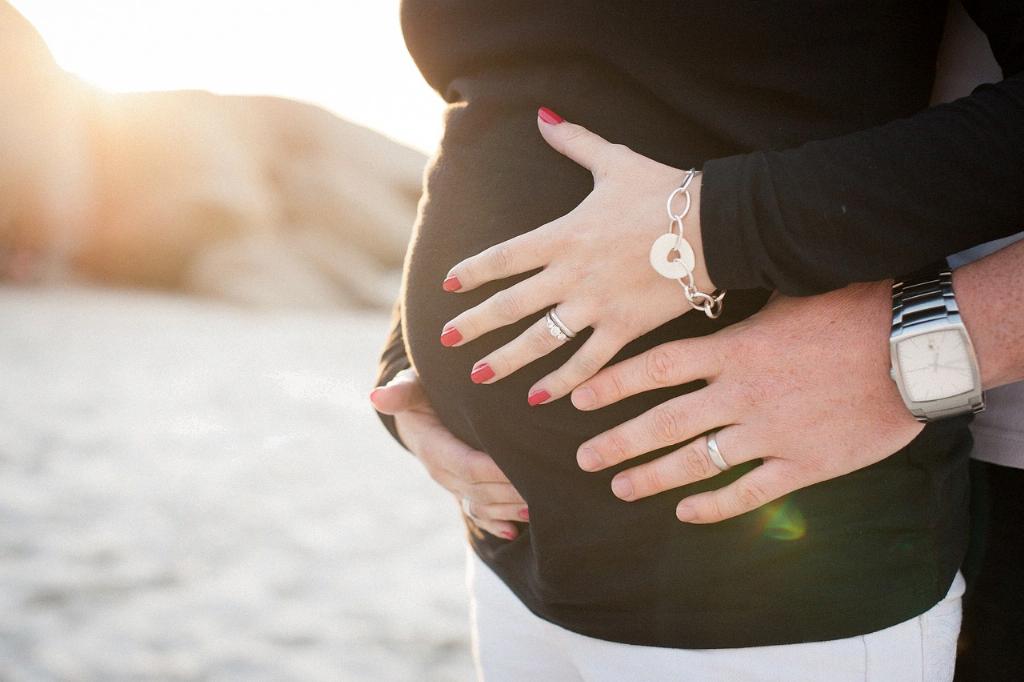Maternal assisted C-section, commonly known as MAC birth, is a childbirth method that offers a unique and empowering experience for mothers during a caesarean section delivery. Unlike traditional C-sections where the mother may feel somewhat disconnected from the birthing process, a maternal assisted C-section allows the mother to actively participate in bringing her baby into the world.
One of the distinguishing features of a maternal assisted C-section is that it enables the mother to reach down and assist in pulling her baby out of the womb. This act of physically being involved in the birth process can be incredibly empowering for mothers, as they play an active role in greeting their newborn for the first time.
Upon delivery, the baby is lifted directly onto the mother’s chest, promoting immediate skin-to-skin contact. This intimate contact has numerous benefits for both the mother and the newborn, including regulating the baby’s temperature, promoting bonding, and facilitating the release of hormones that aid in breastfeeding and maternal-infant attachment.
By embracing the concept of maternal assisted C-sections, healthcare providers acknowledge the importance of the mother’s emotional well-being during the birthing process. This method places emphasis on the mother’s active involvement and prioritizes her connection with the baby from the moment of birth.
Maternal assisted C-sections are not only beneficial for the mother and baby but also for partners and support persons in the birthing room. Witnessing the mother actively participating in the birth of their child can create a profound and memorable experience for the entire family unit.
Furthermore, maternal assisted C-sections can help alleviate feelings of helplessness or disconnection that some mothers may experience during traditional C-section deliveries. By giving mothers the opportunity to engage physically and emotionally in the birth process, MAC births can contribute to a more positive birth experience overall.
It is important to note that not all mothers may be suitable candidates for a maternal assisted C-section, as certain medical conditions or complications during pregnancy may necessitate a traditional C-section delivery. In such cases, healthcare providers will prioritize the safety and well-being of both the mother and the baby.
While maternal assisted C-sections offer a distinctive birthing experience, it is essential for mothers to discuss their preferences and birth plan with their healthcare provider well in advance of labor. Open communication and mutual understanding between the mother and her medical team are key to ensuring a safe and fulfilling birth experience.
In conclusion, maternal assisted C-sections provide mothers with a heightened sense of empowerment and agency during the birth of their child. By actively participating in the delivery process and engaging in immediate skin-to-skin contact with their newborn, mothers can create lasting memories and foster strong maternal-infant bonds from the very beginning.

